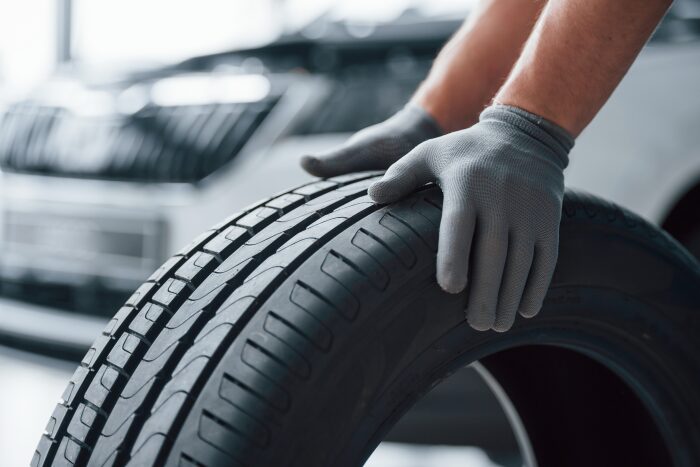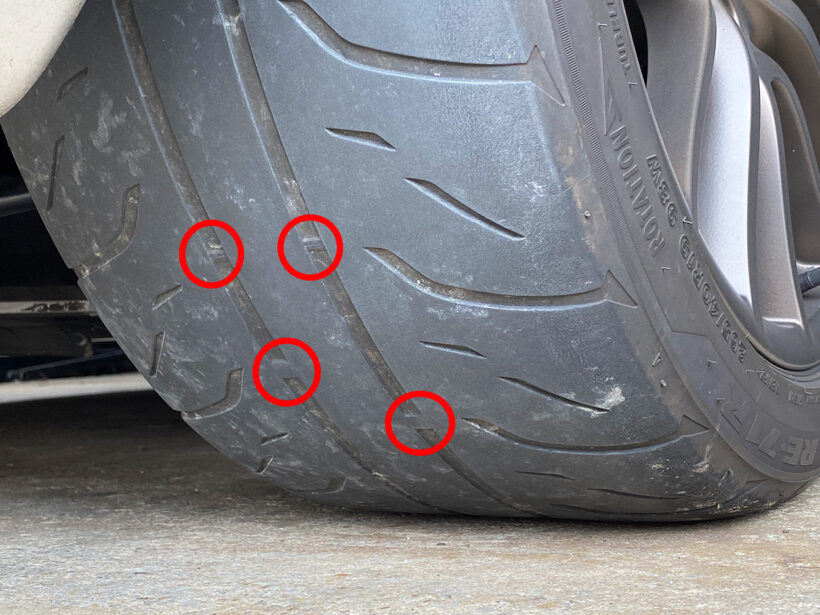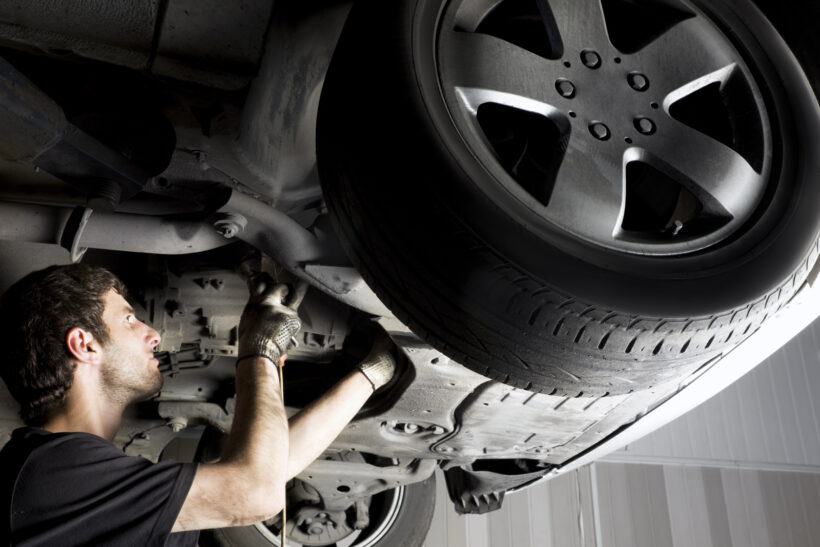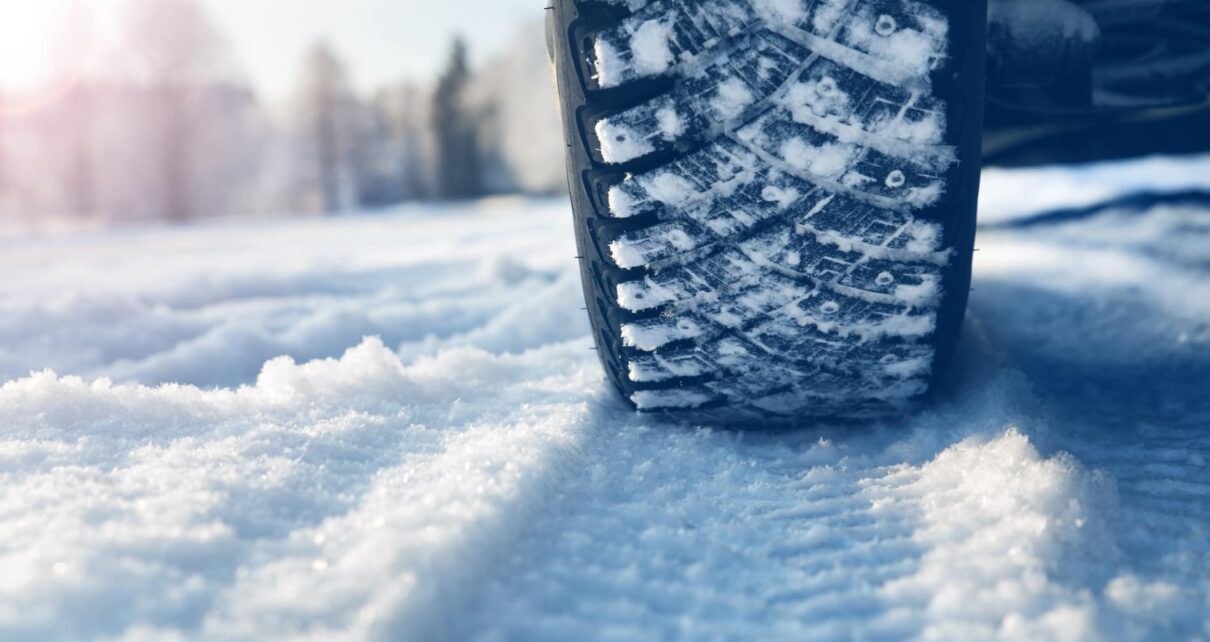As the Canadian winter unfolds its icy embrace, ensuring your vehicle is equipped with reliable winter tires is paramount for safe and secure driving. However, the effectiveness of winter tires hinges not only on their quality but also on their condition. In this comprehensive guide, we delve into the nuances of winter tire inspection, exploring the signs of damage and the crucial decision-making process of tire repair or replacement.
1. The Importance of Winter Tire Inspection

Before embarking on winter journeys, a thorough inspection of your winter tires is a fundamental step. Winter conditions, characterized by snow, ice, and freezing temperatures, demand optimal tire performance for enhanced traction and safety. A comprehensive inspection ensures that your tires are up to the task, offering the reliability needed to navigate the challenging Canadian winter roads.
2. Signs of Winter Tire Damage

Understanding the signs of winter tire damage is essential for maintaining road safety. Regular inspections should include a close examination of the following aspects:
a) Tread Depth: Adequate tread depth is crucial for effective traction on snow and ice-covered roads. Inspect the tread depth using the penny test – if the top of the Queen’s head is visible, it’s time to consider replacement.
b) Uneven Tread Wear: Uneven tread wear can indicate issues with alignment, suspension, or inflation. Addressing these issues promptly can extend the life of your winter tires.
c) Cracks and Bulges: Check for visible cracks, cuts, or bulges on the tire sidewalls. These can be signs of structural damage and compromise the tire’s integrity.
d) Punctures and Foreign Objects: Inspect the tire surface for any embedded objects, such as nails or screws, that may lead to slow leaks or punctures.
e) Loss of Air Pressure: Regularly check and maintain the recommended air pressure in your winter tires. Loss of air pressure can impact fuel efficiency, handling, and overall safety.
f) Vibration or Pulling: If you experience vibrations or notice your vehicle pulling to one side, it may indicate issues with tire balance, alignment, or suspension.
3. Tire Repair vs. Replacement: Making the Decision
When faced with signs of damage during your winter tire inspection, the critical decision lies between tire repair and replacement. Here’s a guide to help you make an informed choice:
a) Tread Depth: If the tread depth has reached the minimum required for winter driving, replacement is advisable. Winter tires with inadequate tread depth lose their ability to grip slippery surfaces effectively.
b) Uneven Tread Wear: Address the root cause of uneven tread wear, such as alignment issues or improper inflation. If the wear is severe, replacement may be necessary.
c) Cracks and Bulges: Cracks and bulges compromise the structural integrity of the tire. If you observe these signs, replacement is the safest course of action.
d) Punctures and Foreign Objects: Small punctures may be repairable with a proper patch or plug. However, if the damage is extensive or near the sidewall, replacement is recommended.
e) Loss of Air Pressure: Regularly check for and address any loss of air pressure. If the tire consistently loses pressure despite repairs, replacement may be necessary.
f) Vibration or Pulling: These symptoms can be indicative of alignment or balance issues. Addressing these concerns early may prevent further damage. If the vibration persists, a professional inspection is crucial.
4. Consulting Tire Repair Professionals

When in doubt about the condition of your winter tires or the necessity for repair or replacement, consulting tire repair professionals is the prudent course of action. Qualified technicians can conduct a thorough inspection, identify issues, and provide expert recommendations tailored to your specific situation.
5. Proactive Maintenance for Winter Tires

To enhance the longevity and performance of your winter tires, proactive maintenance is key. Consider the following practices:
a) Regular Rotation: Rotate your winter tires regularly to ensure even tread wear and optimize their lifespan.
b) Wheel Alignment: Periodic wheel alignment checks help prevent uneven tread wear and ensure your vehicle handles optimally in winter conditions.
c) Balancing: Proper tire balancing contributes to a smoother ride and prevents issues like vibrations or pulling.
d) Storage: When not in use, store your winter tires in a cool, dry place away from direct sunlight. Consider using tire covers to protect against environmental factors.
e) Timely Repairs: Address any signs of damage promptly. Timely repairs can prevent further deterioration and extend the life of your winter tires.
6. The Bottom Line: Prioritize Safety
In the realm of winter tire inspection, the bottom line is safety. Prioritizing the condition of your winter tires ensures that your vehicle is equipped to handle the challenges posed by Canadian winter conditions. Whether opting for tire repair or replacement, the focus remains on maintaining reliable traction, handling, and overall safety on winter roads.
Conclusion: Navigating Winter Roads with Confidence
Winter tire inspection is a proactive measure that instills confidence in your vehicle’s ability to navigate the winter terrain safely. By understanding the signs of damage and making informed decisions about tire repair or replacement, you contribute to the overall safety and performance of your vehicle during the harsh Canadian winter. Stay vigilant, prioritize regular inspections, and embark on your winter journeys with the assurance that your tires are ready for the challenges that lie ahead.




